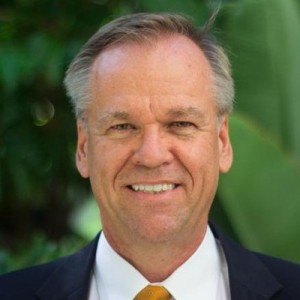- Video Library
- Dirk Soensken Presents Ceresti Health at LSI USA '23
Dirk Soensken Presents Ceresti Health at LSI USA '23

Dirk Soensken
Dirk Soenksen is a strategic results-oriented healthcare executive with over 25 years experience. Prior to Ceresti, Mr. Soenksen founded venture-backed Aperio and served in the positions of President/CEO/Chairman until its acquisition by Danaher/Leica Biosystems in 2012. He built a winning team that established Aperio as the recognized global leader in digital pathology, with a staff of 200, a rich portfolio of patents, healthy and growing revenue, multiple FDA clearances, and an installed base of more than 1,000 systems in 35 countries. He earned his AB degree in Chemistry from Bowdoin College, MSEE from the University of Pennsylvania, and his MBA from Pepperdine University.
CLOSE
Dirk Soensken
Dirk Soenksen is a strategic results-oriented healthcare executive with over 25 years experience. Prior to Ceresti, Mr. Soenksen founded venture-backed Aperio and served in the positions of President/CEO/Chairman until its acquisition by Danaher/Leica Biosystems in 2012. He built a winning team that established Aperio as the recognized global leader in digital pathology, with a staff of 200, a rich portfolio of patents, healthy and growing revenue, multiple FDA clearances, and an installed base of more than 1,000 systems in 35 countries. He earned his AB degree in Chemistry from Bowdoin College, MSEE from the University of Pennsylvania, and his MBA from Pepperdine University.
CLOSE

17011 Beach Blvd, Suite 500 Huntington Beach, CA 92647
714-847-3540© 2025 Life Science Intelligence, Inc., All Rights Reserved. | Privacy Policy







